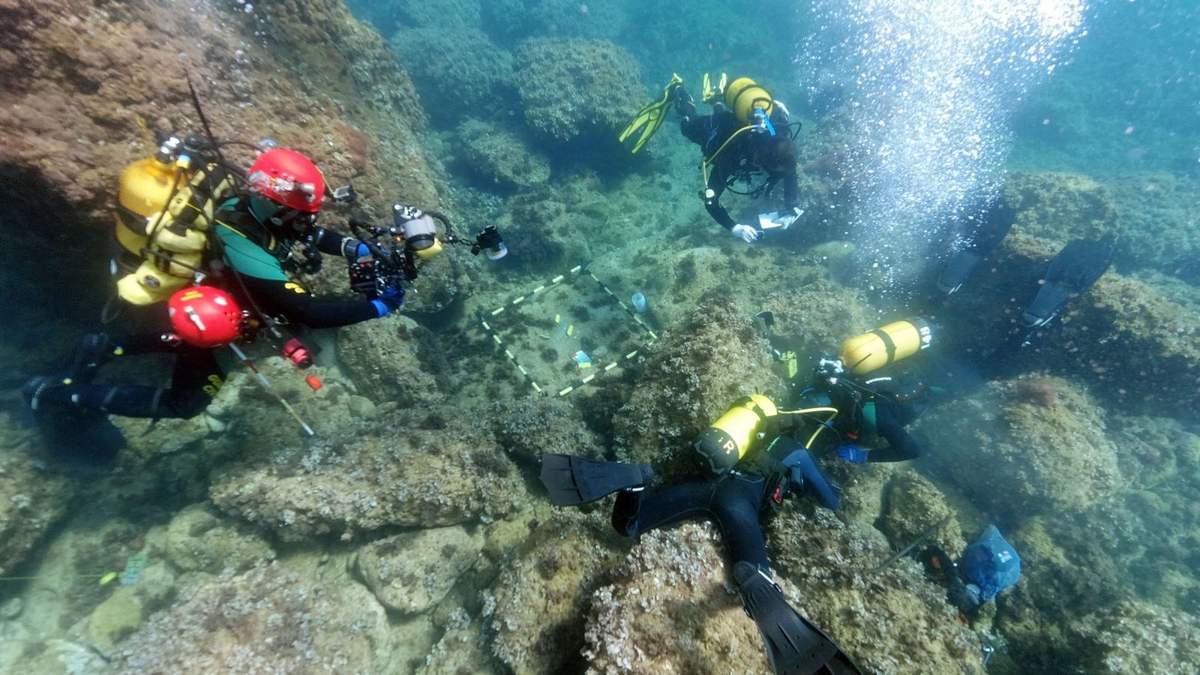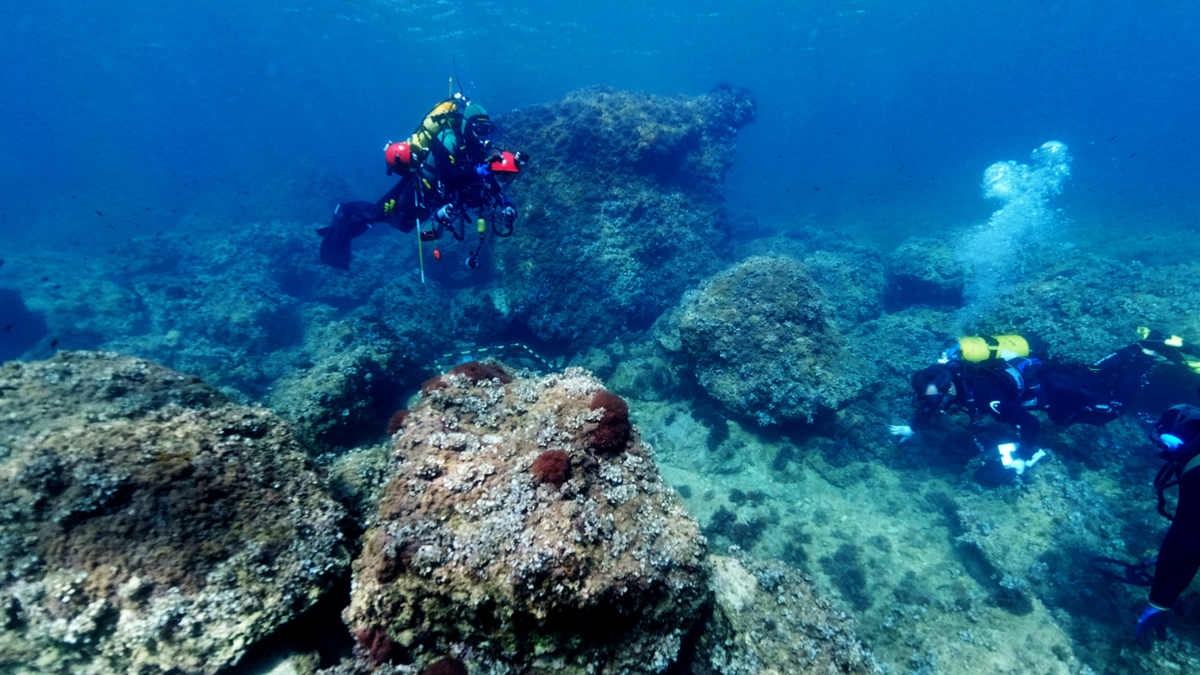Freedivers in Spain have reported to the authorities the discovery of several gold coins dating back to the fall of the Western Roman Empire. Details of the find are reported by Live Science.
Two amateur divers who sailed along the coast of Spain, discovered a huge treasure of ancient [gold coins. Their age is over 1500 years, this is the largest find dating back to the Roman Empire.

Divers Luis Lance Pardo and Cesar Gimeno Alcala discovered the golden hiding place while vacationing in Javea, a coastal Mediterranean city and tourist center of Spain. The men rented scuba gear to do freediving and garbage collection. While cleaning, Lance Pardo noticed the flickering of a coin at the bottom of Portitxol Bay.

After clearing the coin, Lance Pardo saw that it had “an ancient image resembling a Greek or Roman face.” Interested, the divers returned and dug up a total of eight coins. Surprised by the finding, the men reported it to the authorities the next day. Soon, a team of archaeologists from the University of Alicante, the Archaeological and Ethnological Museum of Soler Blasco and the Special Underwater Brigade of the Spanish Civil Guard, in collaboration with the City Council of Javea, gathered together to excavate and explore the treasure.
With the help of archaeologists, experts found that there were 53 more gold coins in the pit, dating between 364 and 408 AD, when the Western Roman Empire was in decline. The weight of each coin is about 4.5 g.

The treasure is so well preserved that archaeologists could easily read the inscriptions and identify the Roman emperors on the coins. Valentinian I was depicted on three coins, Valentinian II – on seven, Theodosius I – on fifteen, Arkady – on seventeen, Honorius – on ten. Representatives of the University of Alicante also said that the image on one coin could not be identified. The treasure also contained three nails, probably made of copper, and obsolete lead remnants of what might have been a sea chest containing treasures.

